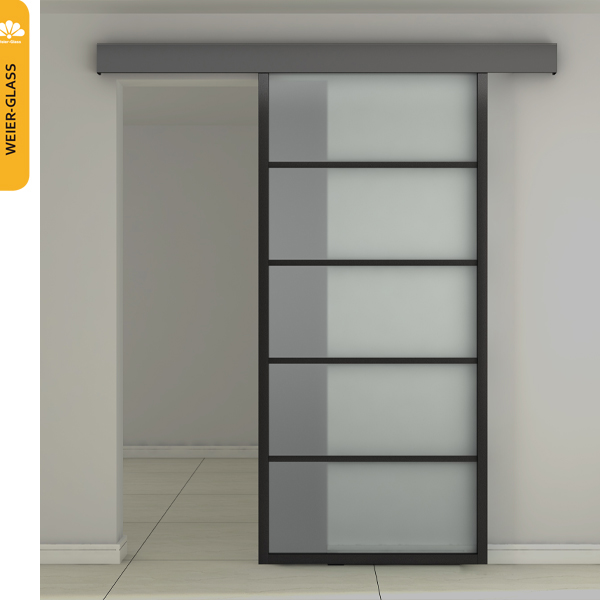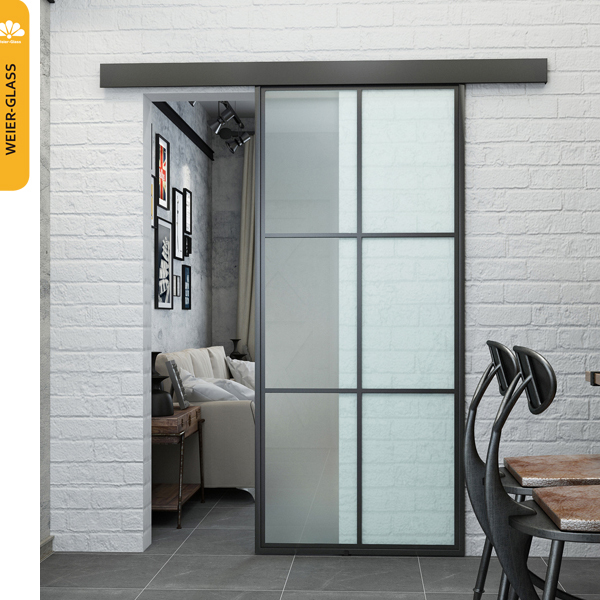News Center
Mail Box:info@weier-glass.com
Contact phone: 0512-52569644
Address: Changshu City,Hai Yuzhen Fu Shan Xiao Qiaocun(10)white eggs Jing shore NO. 126
Contact phone: 0512-52569644
Address: Changshu City,Hai Yuzhen Fu Shan Xiao Qiaocun(10)white eggs Jing shore NO. 126
Hot Line
What are the main uses of louver glass
Louvre glass is a building material that integrates multiple functions such as shading, ventilation, lighting, and decoration. It is widely used in residential, commercial, public buildings, and other fields. The following are some common application scenarios:Sources:wap.huantangke.cn | PublishDate:2025.08.04
1. Residential buildings
Living room: large french window with louver glass can not only block direct ultraviolet radiation when the sun is strong, protect indoor furniture and floors from fading, but also adjust the angle when necessary, introduce soft light, create a comfortable leisure atmosphere, and protect family privacy.
Bedroom: The louvered glass can flexibly adjust the light intensity according to needs, providing a suitable environment for sleep. During the day, the louver glass can be adjusted to a semi transparent state, allowing soft light to enter the bedroom without affecting rest while maintaining indoor brightness; At night, it can be completely closed to block external visibility and protect privacy.
Toilet: Toilets usually have high privacy requirements, and louvered glass can effectively block external views while ensuring ventilation. And its sealing structure prevents it from being affected by water vapor erosion, making it less prone to mold and deformation, and easy to clean.
Kitchen: The kitchen is prone to producing oil fumes, and the built-in blinds in the louver glass are less prone to oil stains, making cleaning more convenient. In addition, the lighting and ventilation can be controlled by adjusting the angle of the louvers, keeping the kitchen bright and ventilated while avoiding direct sunlight that can cause high temperatures in the kitchen.
2. Commercial buildings
Office buildings: In office buildings, louvered glass can be used for spaces such as offices and conference rooms. It can adjust indoor lighting, create a comfortable working environment, protect privacy in the office area, and reduce direct sunlight on computer screens by adjusting the angle, thereby improving work efficiency.
Hotel: The use of louvered glass in hotel rooms, restaurants, lobby and other areas can enhance the overall aesthetics of the building and create a comfortable living and dining environment for guests. In the guest room, the louvered glass allows guests to adjust the lighting and privacy level according to their own needs; In restaurants and lobbies, louvered glass can provide shade and decoration, while also ensuring good lighting and visibility.
Shopping mall: The use of louvered glass on the exterior facade or interior atrium of the mall can increase the transparency and fashion sense of the building, attracting customers' attention. At the same time, the louver glass can also adjust the light and temperature, reduce the energy consumption of air conditioning inside the mall, and lower operating costs.
3. Public buildings
Hospital: The use of louvered glass in hospital wards, consultation rooms, waiting areas, and other areas helps create a quiet and comfortable medical environment. Louvred glass can effectively block external noise, while avoiding direct sunlight on patients' eyes, protecting their privacy and rest quality.
School: Buildings such as classrooms, libraries, and gyms can use louvered glass. In the classroom, blinds can adjust the light, protect students' eyesight, and block external interference, allowing students to concentrate on their studies; In the library, louvered glass can create a quiet and comfortable reading environment; In the sports arena, louvered glass can provide shade and ventilation.
Museums and art galleries: These types of buildings require high control over light. The louver glass can be adjusted to control the amount and direction of light entering, avoiding damage to exhibits from direct sunlight and creating a suitable viewing atmosphere for visitors.
Airports and stations: These places have a large flow of people and open spaces. The louvered glass can be used for the exterior facade or interior skylight of buildings, ensuring sufficient natural lighting while also providing shade and ventilation, providing passengers with a comfortable waiting environment.




